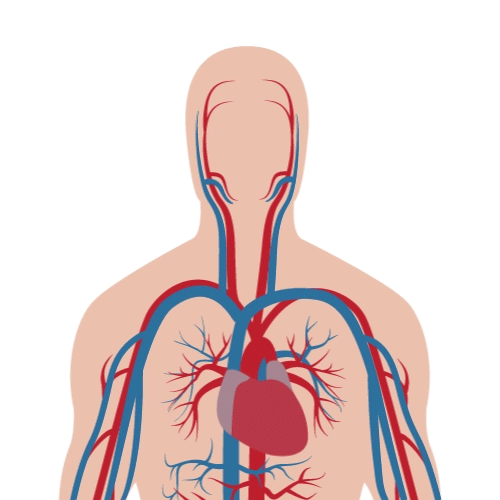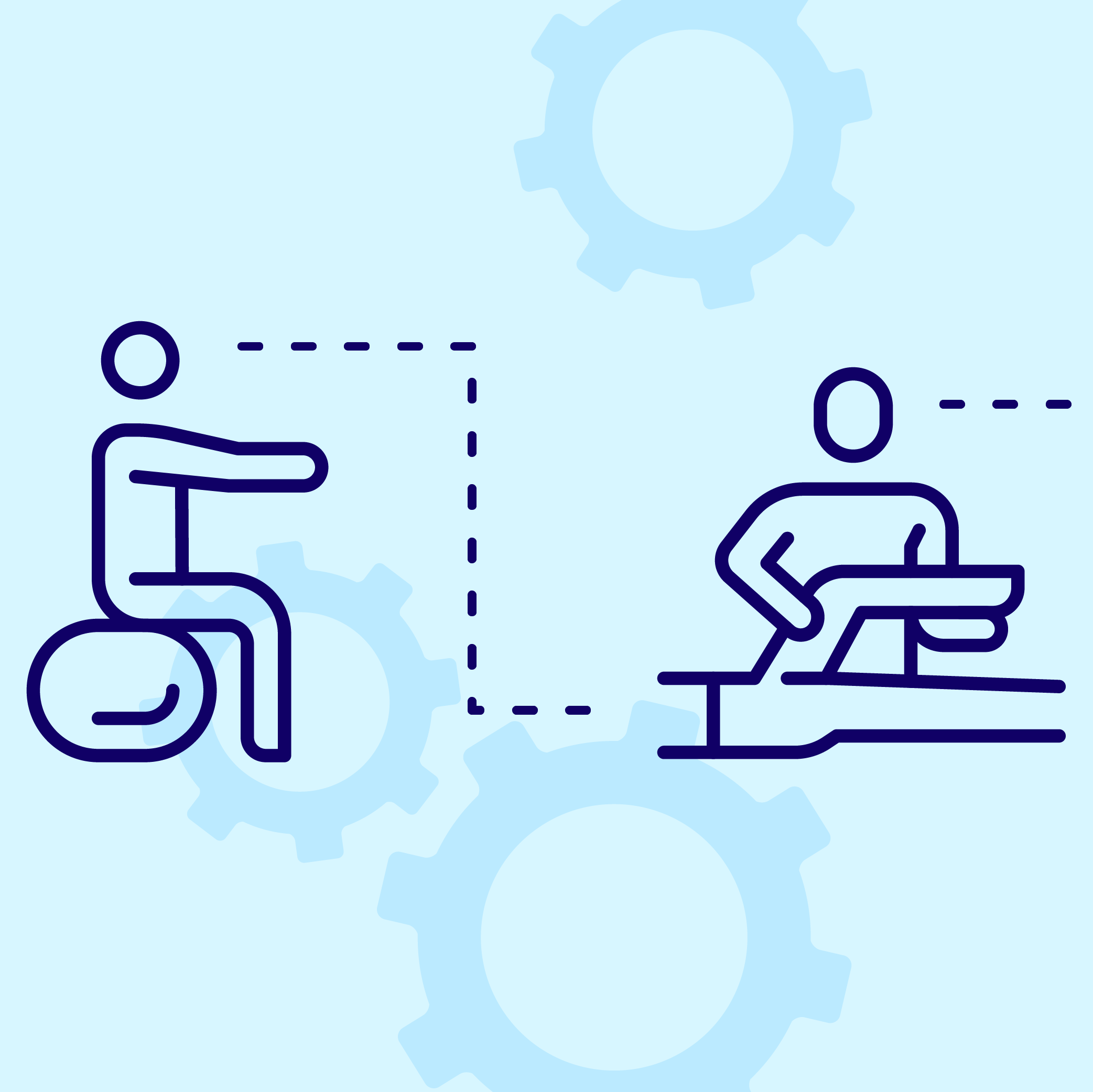Stroke is a devastating disease that leaves one in three survivors permanently disabled. This article offers a brief exploration of what a stroke is and how it occurs, the current research being conducted into stroke rehabilitation and some of the exciting technologies in development today.
 ^ Maisie Keogh
^ Maisie Keogh
A stroke is a medical emergency that directly affects around 100,000 people every year in the UK – that’s one person every five minutes! Stroke is the second leading cause of death worldwide and many of us likely have experience of its devastating effects through our older relatives or people in our communities. A really important aspect of the recovery journey of a stroke survivor is their rehabilitation and this is also an area that a lot of incredibly exciting research is happening in right now!
A stroke occurs when the supply of blood travelling to the brain is interrupted, starving the cells of oxygen. It can be caused by many different factors, several of which are preventable such as type II diabetes, smoking and physical inactivity. But what everyone who suffers a stroke has in common, is the need for a rehabilitation programme that is specific to them, aiming to provide the techniques to aid their recovery and instill the confidence need to help them thrive.

A stroke occurs when the supply of blood travelling to the brain is interrupted, starving the cells of oxygen.
Some people’s therapy focuses on their speech and helping them to communicate, for others, it centres on their diet. Often it is a combination of lots of different therapies that aim to get the patient back to living their old lives again as far as possible. However, a crucial part of their rehabilitation process is physical therapy and getting them moving again.
Gait analysis is a useful technique that is used by clinicians to help study the way someone’s whole body moves in three-dimensional space. Often, a system of computers, cameras and reflective markers are used to help us to understand the movement of the body. Yet, one of the existing challenges with this technology is that it is difficult to be able to accurately know how fast you are moving and your position in 3D space. Gait analysis is already used extensively in assessing children with cerebral palsy before surgery, so its diagnostic benefits are well known. Unfortunately, the technique has found very little clinical use beyond this and this is what we hope to change.
Gait analysis is a useful technique that is used by clinicians to help study the way someone’s whole body moves in three-dimensional space.
Motion capture is also a vital part of the analysis of human motion and is well-suited to determining, for example, the location of your leg as you swing it when walking. Nonetheless, it isn’t particularly effective at calculating how fast you are travelling as you move. Inertial measurement units or IMUs are the components that you find inside your smartphone and are made up of an accelerometer, gyroscope and magnetometer.
These handy devices help you when you get a bit lost and have to open up Google Maps to navigate you to where you need to be. They are also used in fitness trackers and are great at telling you how fast you have been (or not been) moving throughout the day. What they are not great at, however, is keeping track of the position of a body segment like the arm or leg over time.
So individually, we can use these two types of technology to great effect, but if we were to combine them then we could have a system where we know exactly where you are, how you are orientated and how fast you are moving! This would provide us with a complete biomechanical model of the human body in motion and more importantly, allow us to apply it in the rehabilitation of patients who have functional disabilities.
Motion capture technology is already used extensively by the gaming industry and with the recent integration of virtual reality and its arrival in our homes, it is hoped that we can use the same technology to improve our existing methods of rehabilitation in clinics and in communities worldwide, importantly, making it accessible for all.

One of the goals of our research currently is to develop these techniques for use in a bespoke rehabilitative gym, specifically designed for the needs of stroke survivors, but there are other patient groups who would greatly benefit from this kind of care such as amputees. We hope that by having a combined system of motion capture and inertial measurement units which are attached to key positions on the body, often called ‘anatomical landmarks’, we can provide visual feedback to our patients in real-time. This will enhance their rehabilitation journey and offer a more personal, positive experience.
We are working hard on developing these techniques so that this type of care becomes the rule rather than the exception, but it will take time and that is where you come in. Maybe you have an interest in the human body and are fascinated by how it moves. Or perhaps you simply want to be able to help to improve the lives of millions of people all over the world! The field of clinical biomechanics has that ability and so do you.
Key Words/Glossary
Accelerometer – This is a device used to measure your acceleration as, for example, you are walking or running. They are found inside smartphones and devices like Fitbit so you can keep track of your movement over time.
Clinical Biomechanics – This is a discipline which looks at how the study of the forces acting on living things, in this case, the human body can be applied in the treatment and rehabilitation of patients, such as those who have suffered a stroke.
Gait Analysis – The study of movement and human motion but it can also involve studying the way that animals move too.
Gyroscope – This is a component which is used to determine your orientation. They are widely used in navigational systems but have many more applications beyond this.
Inertial Measurement Unit (IMU) – This is the name given to the device comprised of an accelerometer, gyroscope and magnetometer and which is used to measure forces and orientation, but which also records many other types of measurement.
Magnetometer – This device measures the strength and direction of the earth’s magnetic field at a specific location.
Motion Capture – The recording of movement and motion.
Type II Diabetes – This is a serious condition where insulin (the hormone your pancreas makes) isn’t produced in large enough quantities or it isn’t working effectively, which leads to high amounts of sugar in the blood. Over time, if not managed properly this can cause damage to the eyes and heart among others.
Stroke – A stroke occurs when there is an interruption in the supply of blood travelling to the brain. This requires urgent treatment to help prevent the death of brain cells which can lead to permanent disability and even death.
Find out more about strokes and rehabilitation and the cutting edge technology and research being used to help sufferers recover.
Chest and Heart Stroke Scotland
Cutting-edge rehabilitation technology
Leading rehabilitation development
Biomechanics in action
Vicon on YouTube
Motoek Medical on YouTube
Study rehabilitation science within Biomedical Engineering
Biomechanics and rehabilitation science podcasts
The Gait Guys podcast
BOOM: Biomechanics on our Mind



